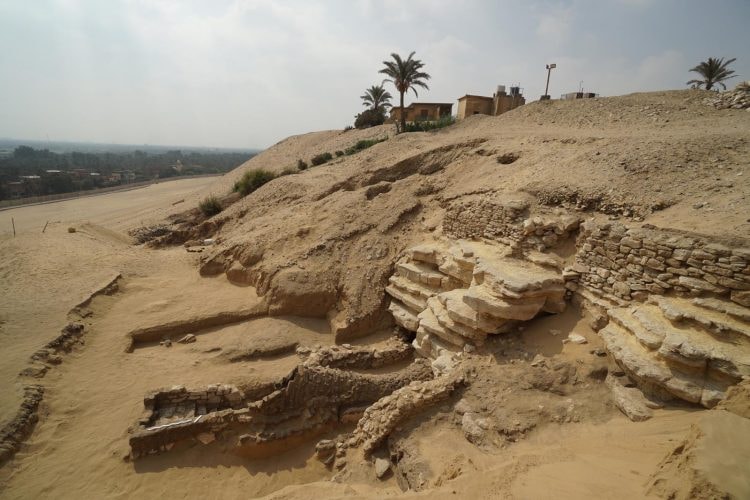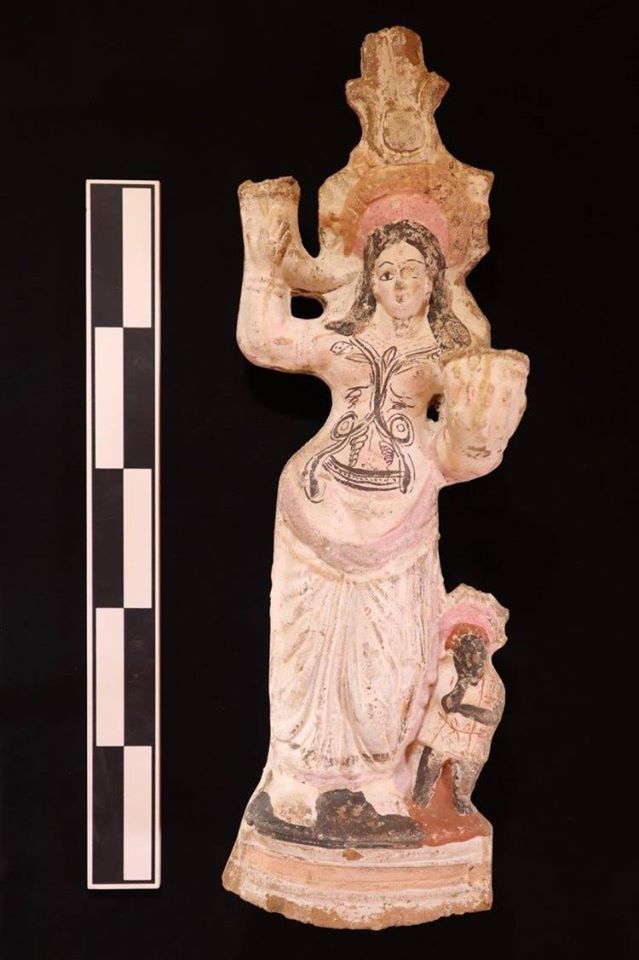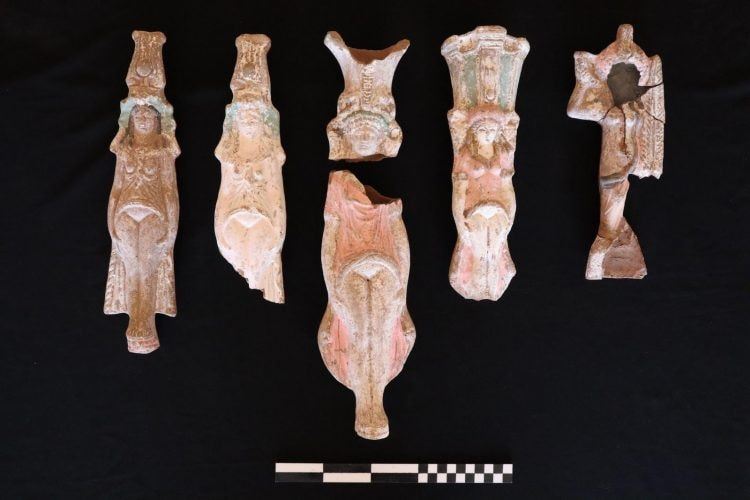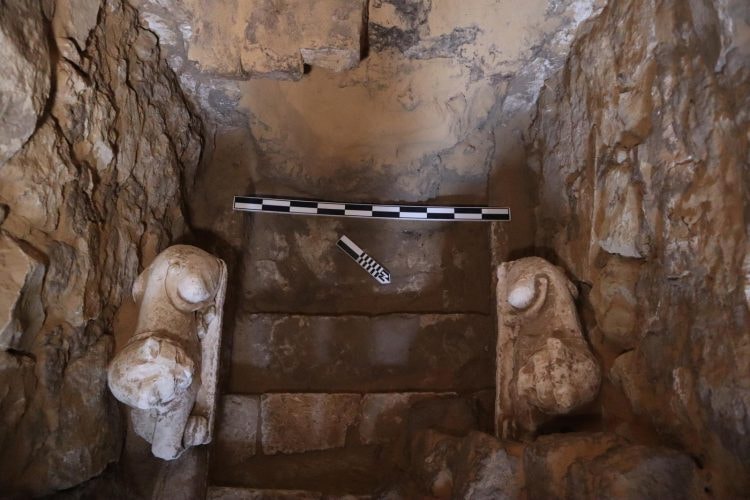The joint Egyptian-Japanese archaeological mission in North Saqqara area led by Professor Nozomu Kawai of Kanazawa University and Japanese Waseda University managed to discover a Roman-era catacomb belonging to the 1st and the 2nd centuries AD, during the last excavation season.
Sabri Farah, the Director General of Saqqara area, noted that the mission found these catacombs in the northeast of Saqqara old area.
On his part, Professor Kawai said that the discovered catacomb consists of a domed mud-brick building with an internal staircase, and a room made of limestone that included five statues of Isis Aphrodite made of terracotta, and a number of clay pots discovered on the entrance gate.
He added that the mission also discovered two statues of lions made of limestone, each statue is about 55 cm long, 33 cm x 19 cm high.
Dr. Mohamed Youssef, director of the Saqqara area, pointed out that the mission discovered the rock-carved room outside the entrance gate. It consists of a long hall and a number of small chambers containing a large clay statue of Isis Aphrodite, which is approximately 58 cm high and a number of mummies.
He pointed out that this catacomb is the first one to be discovered from the Roman era in Saqqara archaeological area.
Article originally published on Ancient Egypt Facebook page





 Sun, Nov. 17, 2019
Sun, Nov. 17, 2019




